

Latest Space Information and news resources. To view the complete News Archive List, click here.
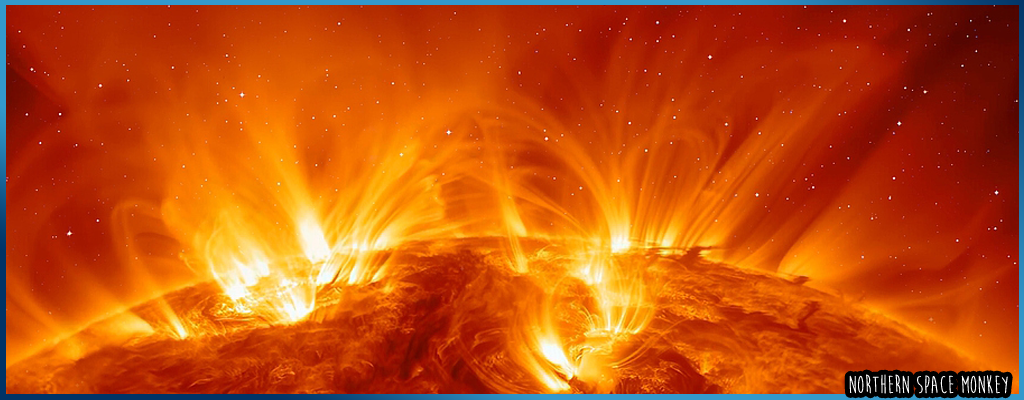
Starlink satellites have been known to cause radio astronomers pain due to their electromagnetic output across the sky, however it appears from a NASA study that they are having bother with EM output themselves of a different kind.
Led by space physicist, Denny Oliveira of the NASA Goddard Space Flight Center, a study of the failure rates of Starlink satellites revealed a distinct pattern. As the Sun escalated towards the peak of it's activity between 2020 and 2024, the number of satellite falls increased as a direct result of that activity.
"We clearly show that the intense solar activity of the current solar cycle has already had significant impacts on Starlink reentries"
The solar cycle is an 11-year pattern of fluctuations in the Sun's activity, centering around the periodic magnetic reversal of the solar poles. The recent cycle has been particularly stong, as evidenced by the higher quantity of visible auroras recently. The additional effect is that solar energy hitting our upper atmosphere leads to an increase in drag on spacecraft in low-Earth orbit.
Keywords: Space Starlink Solar Failure SpaceX NASA Research Geomagnetic
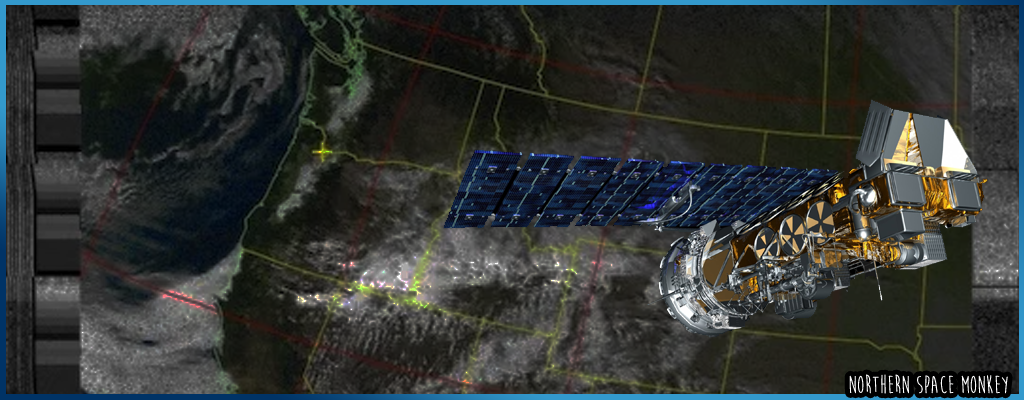
NOAA18 has been a favourite of space hobbyists since it's launch in 2005, providing imagery from it's polar orbiting pattern to support meteorological prediction and warning. Transmitting openly on the 137MHz band, it was a go-to satellite for those in the Northern hemisphere interested in getting a live image direct from space on it's pass.
On May 31st, the S-band transmitter, STX4, experienced a power drop from 7W to 0.8W. The only reamining transmitter used for up-link and downlink, this jeaopardized the ability to ensure safe operation of the spacecraft. Based on NOAA's requirement to responsibly manage on-orbit assets, NOAA began the decomissioning of NOAA-18 on June 6th.
The decomissioning phase requires the power-down of equipment and the disconnection of batteries, the pointing of solar arrays away from the sun and depletion of any remaining propellant while parking the satellite in a safer, less-congested orbital path. Due to the nature of the propulsion systems it is not possible to safely bring NOAA-18 down, therefore she will remain in a graveyard orbital pattern for the forseeable future.
Keywords: Space Mission NOAA18 Weather Satellite Decommission NOAA
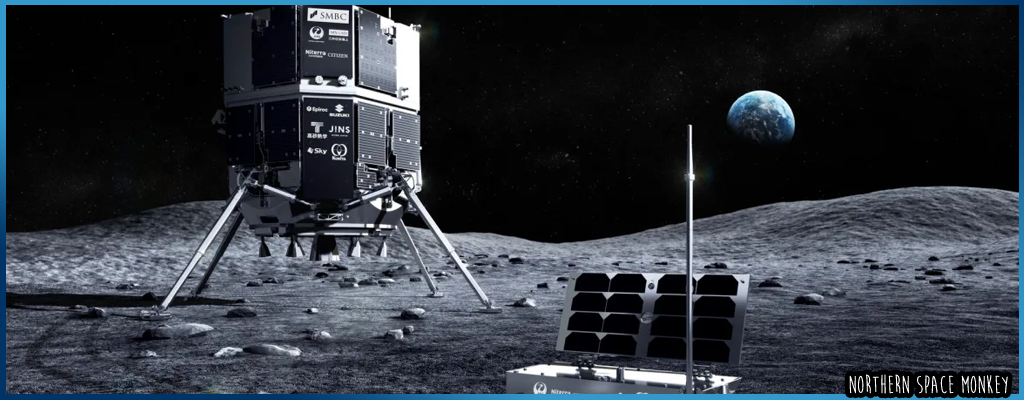
Resilience is a lunar lander craft from Japanese company, ispace, which launched on a Falcon 9 earlier this year.
Scheduled to land at 19:17 GMT at the Mare Frigoris region on the near side of the moon, the craft appeared to land 45 seconds before the scheduled landing time, with a 187 kilometers per hour speed (much too fast for a safe landing). Telemetry was lost on the live webcast and the company ended the stream 25 minutes later with no updates on the lander status.
The company issued a statement several hours after the scheduled landing, acknowledging that Resilience was likely lost. In their statement, ispace stated "The laser rangefinder used to measure the distance to the lunar surface experienced delays in obtaining valid measurement values. As a result, the lander was unable to decelerate sufficiently to reach the required speed for the planned lunar landing. Based on these circumstanes, it is currently assumed that the lander likely performed a hard landing on the lunar surface."
ispace continued that "our top priority is to swiftly analyse the telemetry data we have obtained thus far and work diligently to identify the cause"
Keywords: Space Mission Resilience Spacecraft ispace Moon Japan
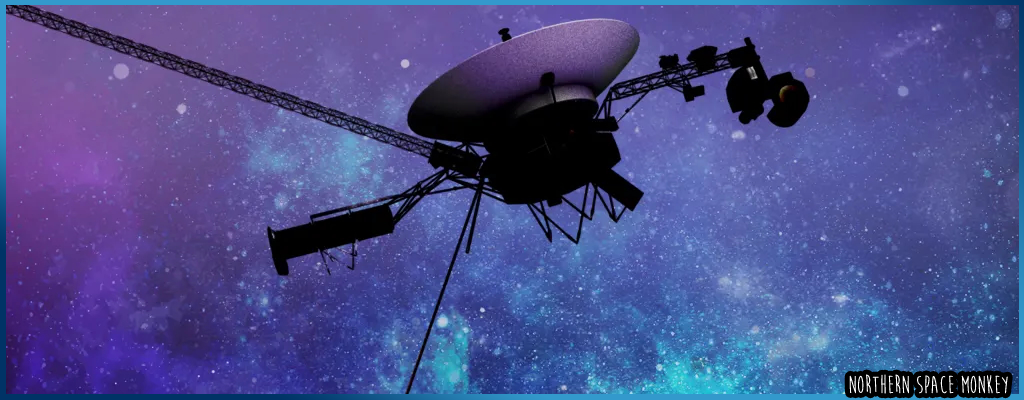
Voyager 1 suffered a failure of one set of thrusters back in 2004 due to a power loss in a set of internal heaters, leading to a switch to a backup set for the roll motion on the spacecraft. At the time, the engineers decided to leave the failed system alone and switch to the backup as the mission had already surpassed expectations of lifespan. They certainly had not envisaged another twenty years of operation that we've been graced with.
Running for the last twenty years without a backup in place, the team decided to reexamine the issue and try to derive a solution to ensure a backup set of roll thrusters were available in case of failure of the now primary system. In the event of failure of the primary, Voyager would not be able to remain pointed at it's guide star used to orient itself.
With a shutdown of the Deep Space Station 43 antenna in Canberra for maintenance, the mission team raced against the clock to create a solution and communicate with Voyager 1 before loss of constant contact.
With a review of flight data the team surmised that the power supply for the heaters had flipped a switch to the wrong position, and a reversal of this could lead to a restoration of power to the heaters. The team needed to switch the old roll thrusters back on, then fix and restart heaters. However, if Voyager decided it had drifted too far from it's alignment, the thrusters could fire and cause a small explosion due to the frozen fuel lines.
Keywords: Space Satellite Voyager Thruster NASA Interstellar Probe
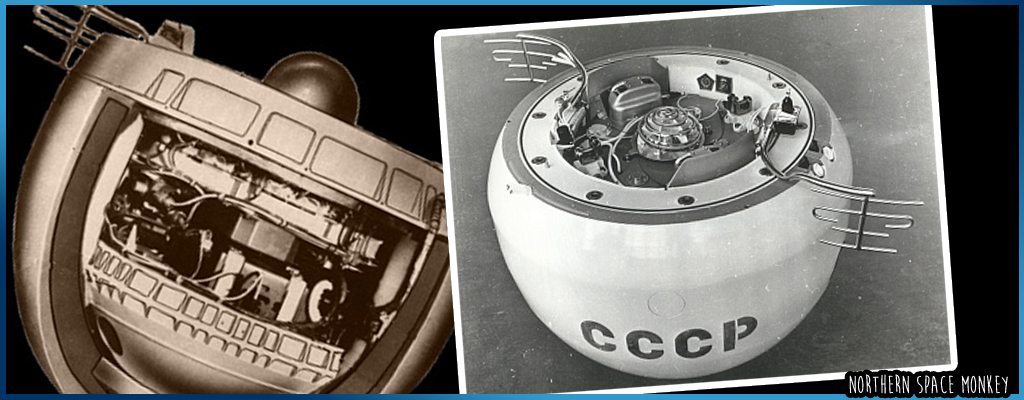
Reentry is inevitable for anything failing to escape the gravitational pull of our planet. The process of falling back to Earth may take minutes, days, weeks or years - but the guarantee is there; If you don't escape the pull back, you'll be meeting a lot of atmosphere at high speed at some point.
In March 1972, Russia launched a Molniya rocket with a capsule, Kosmos 482, bound for our neighbour, Venus. The mission brief, as other previous launches, was to enter a parking orbit around Earth and then fire engines to intercept Venus at the right moment. However, the escape from Earth failed - most likely due to a premature engine shutdown. Part of the original launch vehicle made it back to Earth in 1981 and 1983, however, since 1972, part of it has been orbiting Earth - likely the descent sphere due to the size on radar.
Originally the probe would have descended on a parachute mechanism (which will now be non-functional), allowing a controlled descent of the half-ton probe. Whilst Earth's atmosphere has the capability to vapourise the capsule at the velocity it will reenter at, the heat shield on the probe designed to protect it on descent to Venus could offer protection as it descends. This could provide the half-ton sphere a chance of making it to the ground mostly intact, leaving a sizable crater in the ground / your house / your garden when it impacts at around 150mph.
Keywords: Space Satellite Kosmos Reentry CCCP Capsule Probe Failure
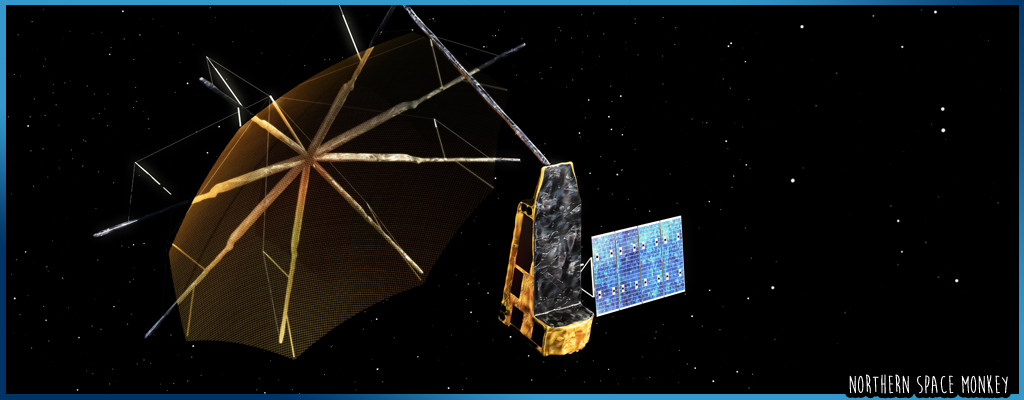
Biomass, the ESA mission to deliver crucial information about the state of our forests and how they are changing, successfully launched from Kourou in French Guiana on the 29th April aboard a Vega-C rocket.
An unusual-looking umbrella-like antenna of 12m in diameter sits atop the 1250kg satellite which operates the first P-band radar in space.
The P-band synthetic aperture radar can penetrate through the forest canopy to measure the 'biomass' (woody trunks, branches and stems) where trees store most of their carbon, helping scientists quantify the stored carbon in our forests. This will further reduce major uncertainties in calculations of carbon stocks and fluxes on land, including carbon fluxes associated with land-use change, forest degredation and forest regrowth.
Optical sensors can only offer a picture of the forest extent from the top of the canopy, with cloud cover further limiting data collection, however the Biomass satellite's P-band synthetic aperture not only 'sees' through cloud cover, it slices through the whole forest layer. The signal scattered back to the satellite carries information about the forest structure that can be used to infer parameters such as forest biomass and forest height.
Keywords: Space ESA Satellite Biomass P-band Forest Radar Vega-C
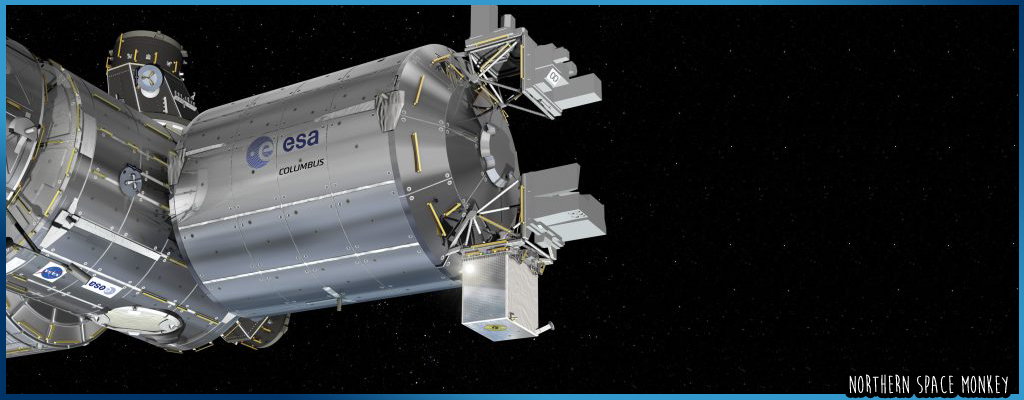
ACES (Atomic Clock Ensemble in Space) has been successfully installed on the International Space Station. The European Space Agency's state-of-the-art time keeping facility was lifted into orbit on the 21st April aboard SpaceX's Falcon 9. On Saturday 25th April, the ISS Canadian Arm installed the payload onto the Earth-facing side of ESA's Columbus laboratory pod.
Developed by ESA in collaboration with European industry led by Airbus, ACES carries the most accurate atomic timepiece ever launched into space, PHARAO (a cesium-based fountain clock developed by French space agency, CNES); and the Space Hydrogen Maser, built by Safran Timing Technologies in Switzerland.
The onboard clocks will work in tandem with a cutting-edge microwave and laser link system, to deliver time from orbit achieving a precision of one part in 1017, or about 10 quintillionths of a second, within just a few days of connecting to multiple ground station clocks. This is between one and two orders of magnitude better than today's systems using navigation satellites such as GPS.
The mission will explore the nature of time, test general relativity, and help pave the way for a redefinition of the second based on next-generation optical clocks
Keywords: Space ISS ACES Atomic Clock Columbus Falcon9
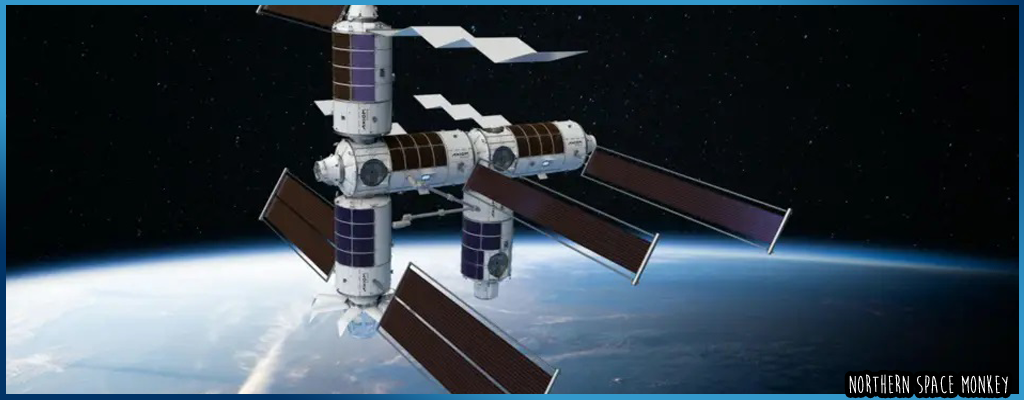
Axiom Space has announced it is partnering with Liverpool City Region and Greater Manchester, working to build a center for innovation in research and manufacturing.
Focusing on in-space manufacturing, bio-technology and communications, this partnership will ensure the UK continues to play a leading role in this rapidly growing sector.
Under the terms of the Memorandum of Understanding, the partnership will focus on:
The agreement builds on discussions between Mayor Rotheram and British astronaut Tim Peake, a strategic advisor to Axiom Space, and discussions between Axiom Space and Mayor Burnham at the South by Southwest festival in 2023. Peake has championed the UK's potential in space-based innovation and has supported efforts to connect scientific research and commercial opportunities with UK regions.
Axiom Space is the principal provider of commercial human spaceflight services, including missions to the International Space Station. It is developing the world's first commercial space station, known as "Axiom Station", fostering groundbreaking innovation and research in microgravity. Axiom is also a developer of advanced spacesuits for the Moon and low-Earth orbit.
Keywords: Space Axiom Commercial Manufacturing Research England

Voyager 1 and 2 have surpassed all expectations on mission longevity, constantly proving the exceptional engineering and mission support put into their projects. Their continued operation in the most extreme conditions have led to several moments where they seemed lost and unrecoverable, before returning to scientific operations to the surprise of us all.
To continue further scientific operation with reduced available power, both Voyager 1 and 2, now operating outside of the heliosphere, have had to reduce the number of science instruments powered-up. In continued reduction of power draw, the Cosmic Ray Subsystem was powered-down on Voyager 2 and the Low-Energy Charged Particle Instrument in Voyager 2 will be switched off shortly.
The instrument contains two subsystems: the low-energy particle telescope for broader energy measurements, and the low-energy magnetospheric particle analyzer for more focused magnetospheric studies.
Both of the systems utilise a rotating platform powered by a stepper motor designed for 360 degree field of view. The motor units were tested to 500,000 steps (to guarantee continuous operation through the mission's
encounters with Saturn in 1980) will have completed more than 8.5 million steps by the time it's powered-down on Voyager 2.
Keywords: Space Satellite Voyager Power Deep Space NASA

Recently Declassified satellite imagery has landed on the SpaceFromSpace Website.
Imagery from space taken between the 1960's and 1984, now declassified and available for public consumption, is being georeferenced for easier access. This amazing archive of optical imagery provides a wonderful snapshot of time from Earth orbit.
Harry Stranger, who started SpaceFromSpace, is on a mission to make satellite data accessible for all. Initially covering spaceports, he has recently been building a large archive of georeferenced and easy-to-view declassified spy satellite imagery.
Keywords: Space Satellite Military Declassified Imagery Optical Website
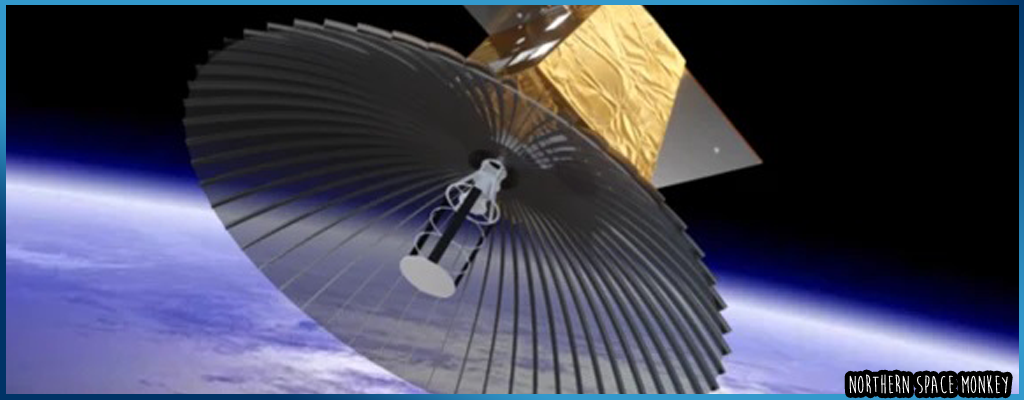
Airbus has been given the contract to provide a new military satellite system, Oberon, for the UK Ministry of Defence. The deal worth £127m is anticipated to provide up to 200 skilled jobs in Stevenage and Porstmouth, UK.
Oberon will play a key part in securing critical UK skills in the growing global space sector. The aerospace sector added almost £40 billion to the economy last year, a growth of 50% in the last 10 years, employing tens of thousands of people. The project will also help inform the procurement strategy for future space capability requirements.
Expected to launch in 2027, the satellite system will be able to capture imagery on the ground in daytime and at night. It will be able to capture imagery in any weather condition using two synthetic aperture radar technology satellites.
"This will enable and enhance UK and allied military operations around the world.", said Major General Paul Tedman, Commander of UK Space Command.
Keywords: Space Satellite Military Radar Imagery Airbus MoD UK
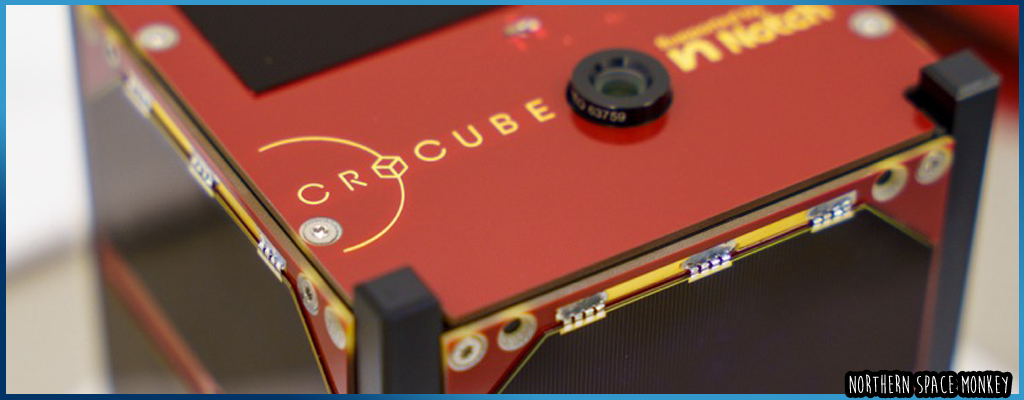
CroCube is the first ever satellite launched by Croatia. The 1U cubesat rode aboard SpaceX Falcon 9 in late December 2024 and measures a tiny 10cm x 10cm x 10cm. Despite the diminutive size the satellite, packed with camera and sensors, broadcast it's first data, imagery and video captured on January 28th.
Throughout it's mission life it will be delivering data to anyone with the mobile app with imagery also making it's way onto their social feeds such as their Instagram Page
The $124,000 CroCube is a crowd-funded mission by The Croatian Society for Education Outside the Box, and Czech company Spacemaniac. The primary goal of the 5-year mission is to encourage interest in astronomy and space in Croatia.
Keywords: Space Satellite Cubesat Croatia CroCube Imagery App
.... More News available.